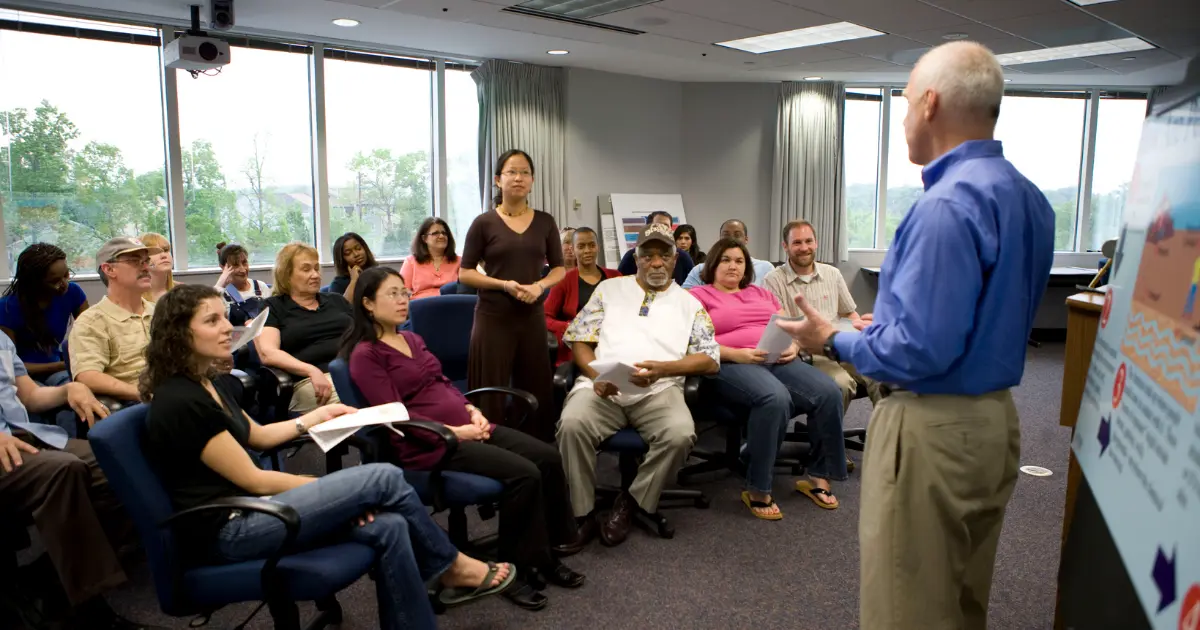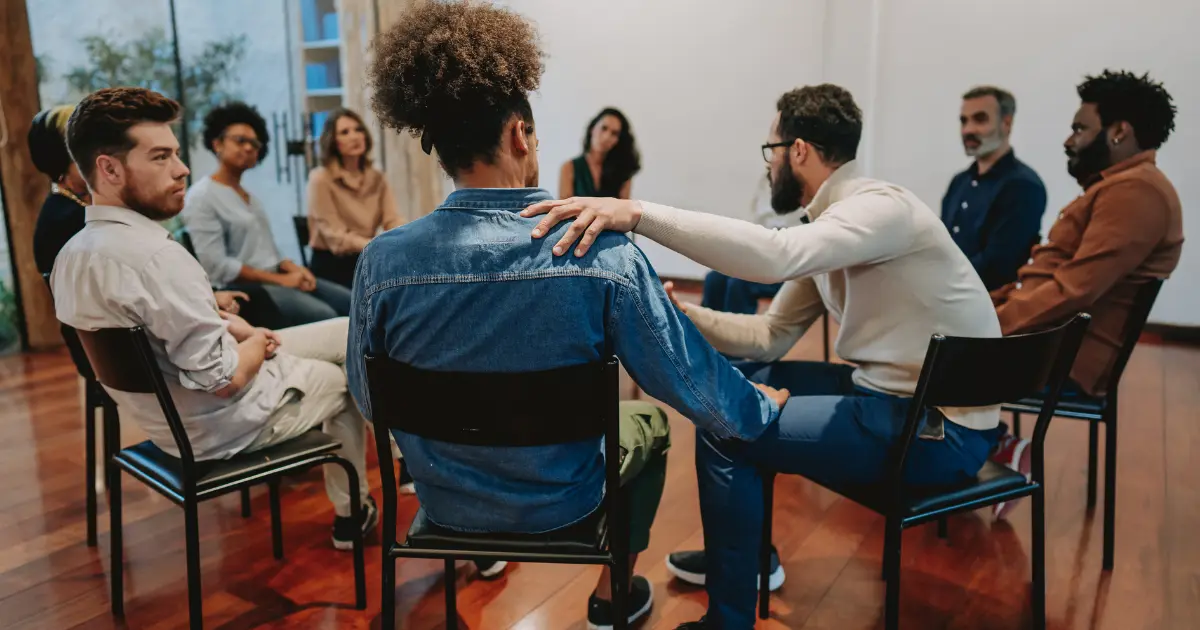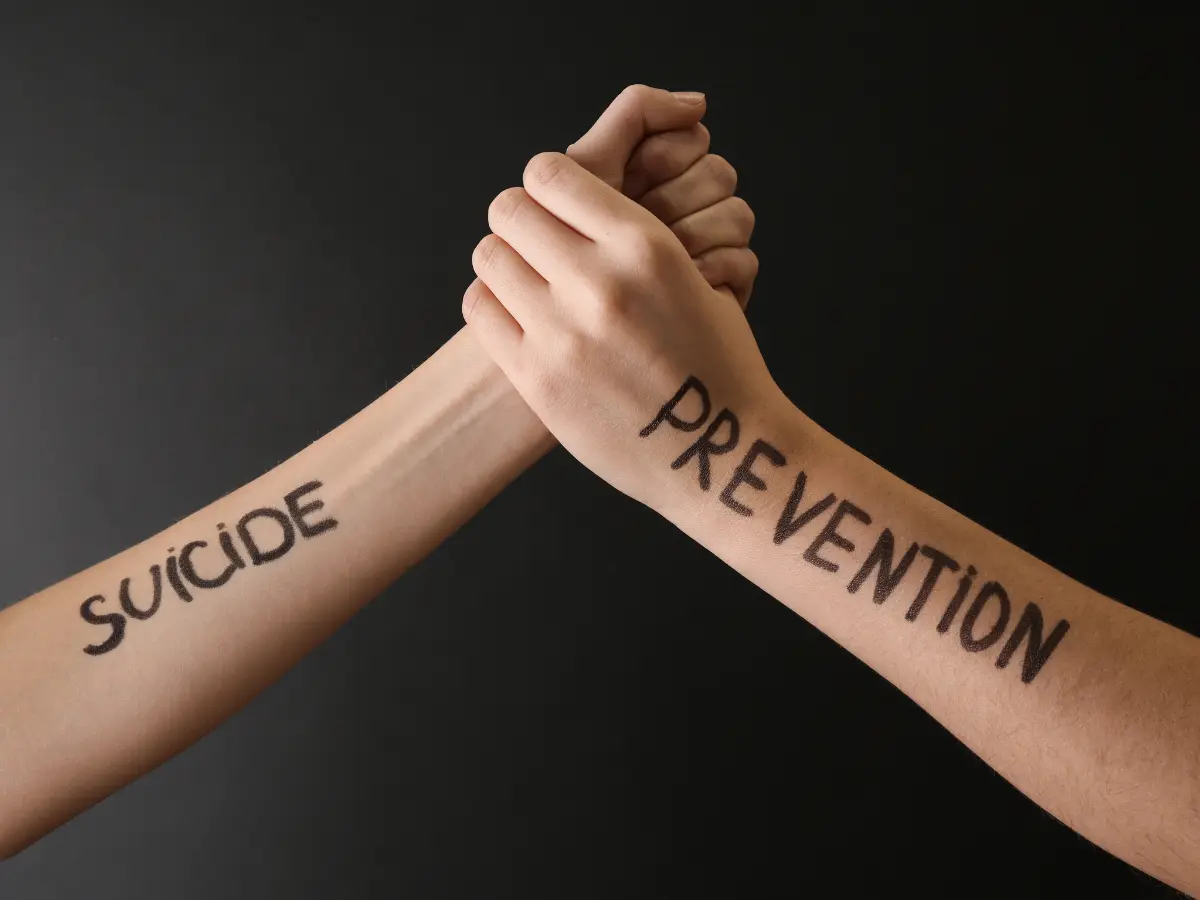Youth suicide has become one of the most pressing public health challenges facing communities worldwide, particularly in South Africa. Every young life lost to suicide represents not just a personal tragedy but a community failure to recognize warning signs and provide adequate support.
The encouraging news is that preventing youth suicide is possible when local communities come together with intention, awareness, and compassion. This article explores practical ways your community can make a tangible difference in protecting teenagers from self-harm and suicidal ideation.
How Local Communities Can Take Action to Prevent Youth Suicide
Preventing youth suicide requires intentional action from everyone. Below are key steps local communities can take to protect young people and foster emotional well-being.
1. Understanding the Importance of Community in Preventing Youth Suicide
Before communities can take action, it’s important to understand why they matter so deeply in preventing youth suicide. Many young people who struggle with depression, anxiety, or trauma often feel disconnected from those around them. They may believe that no one cares or understands what they’re going through. This feeling of isolation can make emotional pain even heavier.
That’s where community involvement becomes powerful. When neighbors, teachers, parents, and peers come together to show care and compassion, it creates a sense of belonging and safety for vulnerable youth. A supportive community can be the difference between despair and hope.
Local schools, churches, youth centers, and parents can all contribute to building a strong safety net. Schools can educate students about mental health awareness. Churches and faith groups can offer emotional and spiritual guidance. Youth centers can create spaces where teens feel free to talk, share, and connect. And parents, by listening and checking in often, can create an environment of trust at home.
When everyone plays their part, it becomes much easier to identify early warning signs and intervene before a crisis happens. A caring community does more than just talk about mental health; it actively listens, supports, and stands beside its young people every step of the way.
To learn more about the power of empathy, connection, and open conversations, you can read our mental health awareness speech, a heartfelt message that inspires communities to take action and bring hope to those who need it most.
2. Recognizing the Warning Signs Early
Many young people struggling with suicidal thoughts often show subtle signs long before taking drastic actions. These can include sudden withdrawal from friends, loss of interest in favorite activities, declining grades, or giving away personal items.
Some may express hopelessness or say things like “I can’t go on.” Sadly, these signals are often dismissed as normal teenage behavior. This is why parents, teachers, and peers must stay alert to ongoing mood changes, sleep issues, and social isolation. Awareness and timely support can make a life-saving difference.

Community training and awareness programs are key to helping people recognize and respond to these warning signs. By fostering understanding, communities can replace silence with support. Schools, churches, and neighborhood leaders can partner with organizations like Angie, which offers free 24/7 crisis counseling via WhatsApp video for teens aged 12 to 18.
Angie’s trained counselors provide compassionate, judgment-free help that often prevents crises from worsening. Our work reminds every struggling teen that help is always available and that their life truly matters.
3. Building Stronger Community Connections
A connected community is a protective one, where genuine relationships become lifelines for young people facing emotional struggles. When teenagers feel seen, heard, and supported, it reduces the isolation that often leads to hopelessness.
Local events, mentorship programs, and youth clubs help create trust and belonging, while safe spaces in schools, churches, and youth centers give young people room to talk, learn coping skills, and build confidence. These small, everyday interactions remind them that they matter and are never alone.
Strong community connections also make it easier to notice when someone is struggling. Teachers, neighbors, and mentors can identify early signs of distress and act quickly. Schools and community centers can work with organizations like Angie, which provides mental health workshops and free crisis counseling for teens. These partnerships strengthen emotional support systems and encourage open conversations about mental health. When young people know it’s okay to seek help, they develop resilience and hope, turning connected communities into networks that truly save lives.
4. Creating Safe Spaces for Open Conversations
Silence can be dangerous when it comes to mental health. Many teenagers don’t talk about how they feel because they fear being judged or misunderstood. Communities can play a major role by creating open, non-judgmental spaces where young people can share their feelings safely.
Hosting community talks or support circles led by counselors can help break down stigma around suicide. When families and friends openly discuss mental health, it becomes easier for young people to reach out for help.
At Angie, counselors use empathy and patience to help teens open up. Through WhatsApp counseling, teenagers can talk freely without fear of being seen or judged. This simple approach is saving lives every day.
5. Partnering with Schools and Parents
Schools and parents play a vital role in preventing youth suicide. Teachers spend significant time with students and can spot early changes in behavior or academic performance, while parents notice emotional or physical shifts at home.
When both work together, they create a safety net that helps identify and address mental health struggles early. Open communication between teachers and families strengthens awareness, encourages early intervention, and ensures teens receive consistent support at school and home.

Communities can build on this by offering training sessions to help parents and teachers recognize warning signs like withdrawal or hopelessness. Schools can integrate wellness programs that teach resilience and positive peer connections, while parents provide safe spaces for open conversations.
Partnerships with organizations like the Angie Diedericks Suicide Prevention Program offer valuable resources, awareness campaigns, and crisis support. Together, education, family, and professional care form a united front to prevent youth suicide and support the mental well-being of young people.
To learn more about how parents and educators can recognize warning signs and provide the right support, explore What Every Parent and Teacher Should Know About Teenage Suicide. Together, education, family, and professional care form a united front to prevent youth suicide and nurture the mental well-being of young people.
6. Supporting Families Affected by Suicide Loss
Preventing youth suicide also means supporting those left behind. Losing a child or sibling to suicide brings deep pain, guilt, and confusion. Parents often wonder what signs they missed, while siblings struggle with their own grief. Without emotional support, these wounds can last for years and affect the entire family’s mental health.
Communities must show empathy, offer understanding, and remind grieving families that healing is possible, even if it takes time.
Angie helps families on this difficult journey by offering bereavement counseling for adults who have lost loved ones to suicide. With compassionate guidance, Angie’s counselors help individuals process grief, rebuild emotional strength, and find new purpose.
This support not only aids personal healing but also strengthens communities. Many families, once supported, become advocates for mental health awareness and suicide prevention, turning their loss into hope for others.
7. Encouraging Youth Leadership and Peer Support
Young people often turn to their friends before reaching out to adults or professionals, which makes empowering youth leaders a powerful tool in preventing suicide. Training peer mentors in schools and communities helps create safe, relatable bridges between vulnerable teens and the help they need. These mentors can recognize emotional distress, offer support, and connect their peers to resources, breaking the silence that often surrounds mental health struggles.

Programs like Angie can partner with schools and youth groups to train youth ambassadors who promote suicide awareness and mental health education. Through school talks, social media campaigns, and community events, these ambassadors can spread hope and encourage open conversations.
By empowering young people to lead these efforts, communities reduce stigma and foster a culture of empathy, courage, and care, reminding every teen that asking for help is a sign of strength, not weakness. To further explore how positive influence and peer connections can shape young minds, read our piece on how peer pressure can impact youth choices.
8. Promoting Awareness Through Social Media and Local Campaigns
Social media can be both a risk and a resource in preventing youth suicide. While it sometimes exposes young people to bullying, harmful comparisons, or misinformation, it also has the power to connect, educate, and inspire hope.
Platforms like Instagram, TikTok, and Facebook can be used to spread mental health awareness, share uplifting content, and promote helplines such as Angie’s 24/7 WhatsApp crisis support. When communities post messages that encourage empathy, kindness, and resilience, social media can shift from being a trigger to becoming a safe space for support.
Influencers, schools, and local organizations can play a big role by sharing recovery stories, motivational videos, and expert advice that help break the stigma around mental health. Seeing others talk openly about their struggles and healing makes it easier for young people to seek help. Every positive post, shared hotline, or inspiring video has the power to remind teens that they are not alone and that help is always within reach.
Frequently Asked Questions
What are the warning signs that a teenager might be considering suicide?
Warning signs include talking about death or hopelessness, social withdrawal, mood swings, risky behavior, or giving away possessions. Changes in sleep, eating, school performance, or substance use are also red flags. If you notice these signs, take them seriously and reach out for professional help through Angie’s crisis counseling.
How can I talk to a teenager about suicide without making things worse?
Asking directly about suicidal thoughts doesn’t cause harm or plant ideas. Use kind, clear words like, “Are you thinking about hurting yourself?” Listen with empathy, take them seriously, and avoid judgment or quick fixes. Remind them that help is available, and offer support in finding it. Angie’s trained counselors are ready to help in these moments.
Take Action Today to Save Young Lives
Preventing youth suicide requires every community member to play a role, from recognizing warning signs to reducing stigma, from supporting mental health funding to simply being a caring adult who listens without judgment. The teenagers in your community are depending on us to create environments where they feel safe, supported, and hopeful about their futures.
If you’re a teenager currently struggling with suicidal thoughts, please know that help is available and your life has immeasurable value. If you’re a parent, teacher, or community member concerned about a young person, don’t wait to act.
Reach out to Angie today for free, professional crisis counseling for South African teenagers aged 12-18. Our trained counselors are available via WhatsApp video call to provide immediate support during the darkest moments. Together, we can ensure that no teenager suffers alone and that every young person has the opportunity to experience the beautiful life that awaits them. Your community’s commitment to mental health awareness and suicide prevention can, and will, save lives.





